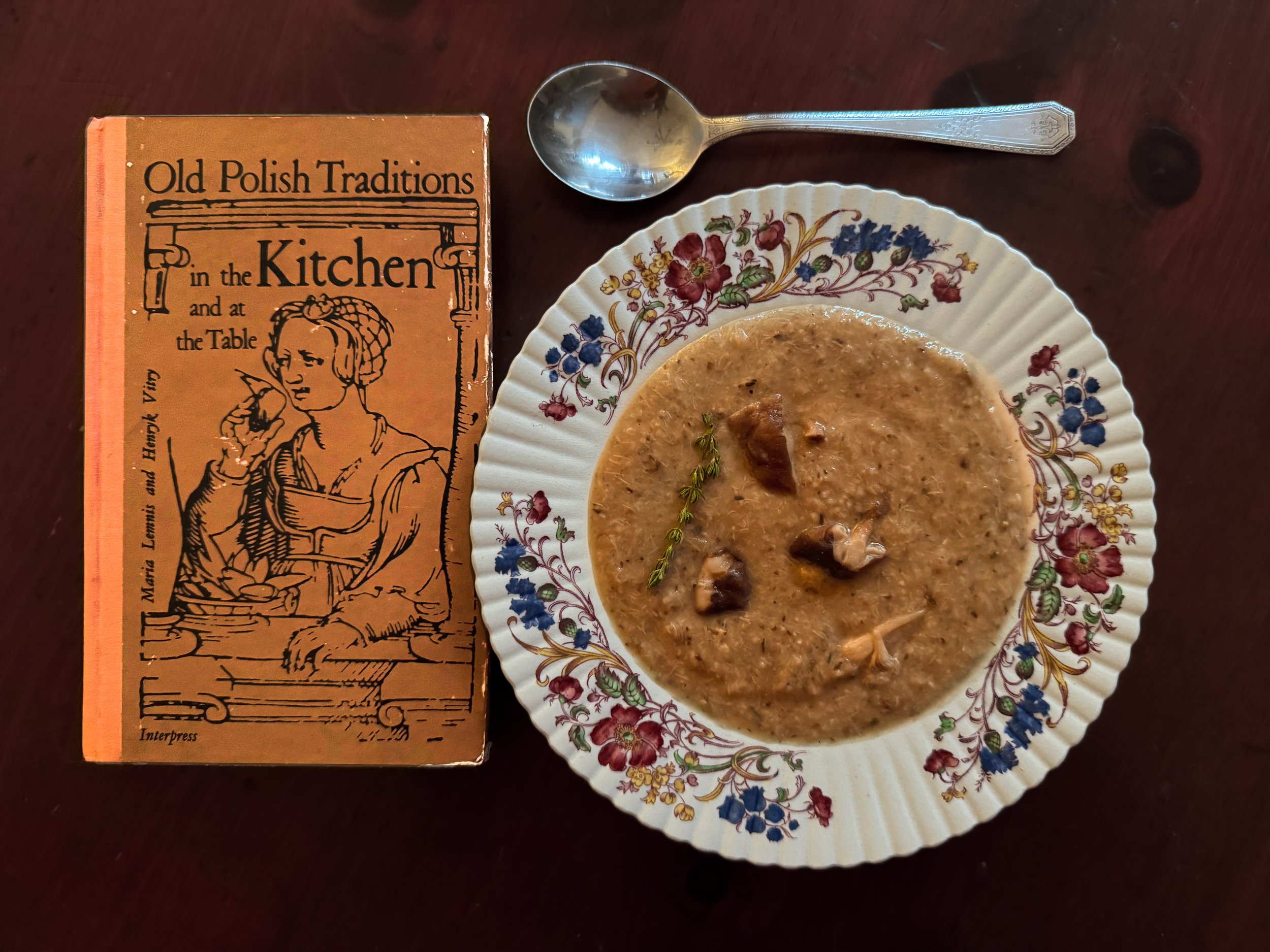As the winter chill fades away, our Co-op welcomes the gentle arrival of spring's bounty. It's a time of subtle transition, marked by the arrival of fresh produce that whispers promises of renewal and nourishment.
Let's take a moment to appreciate some of the simple joys gracing our shelves during this season.
First, there's asparagus, with its tender spears and delicate flavor. It's a versatile veggie, rich in folate and fiber. Try roasting it with a touch of olive oil and sea salt for an easy yet satisfying side.
Then there's spinach, a classic green that's packed with vitamins and minerals. Whether tossed into salads or added to omelets, it adds a nutritious punch to any dish.
Peas, both fresh and frozen, bring a sweet crunch to spring meals. They're packed with protein and fiber, making them a wholesome addition to soups or salads.
Radishes offer a refreshing bite, perfect for snacking or adding to salads. They're rich in antioxidants and vitamin C, adding a pop of color to your plate.
And let's not forget rhubarb, with its tart tang and vibrant hue. It's ideal for desserts like pies or compotes, especially when paired with sweet fruits like strawberries.
Now, onto a simple spring recipe: kale pesto. It's easy to make and oh-so-delicious. Just blend kale with lemon juice, walnuts, nutritional yeast, salt, and a bit of water for a flavorful sauce that's perfect for pasta or sandwiches.
So, as you browse our Co-op, let the gentle arrival of spring produce inspire your culinary creations. Whether you're a seasoned chef or a kitchen novice, there's something here for everyone.
Happy cooking, and may your spring be filled with warmth and flavor!
































